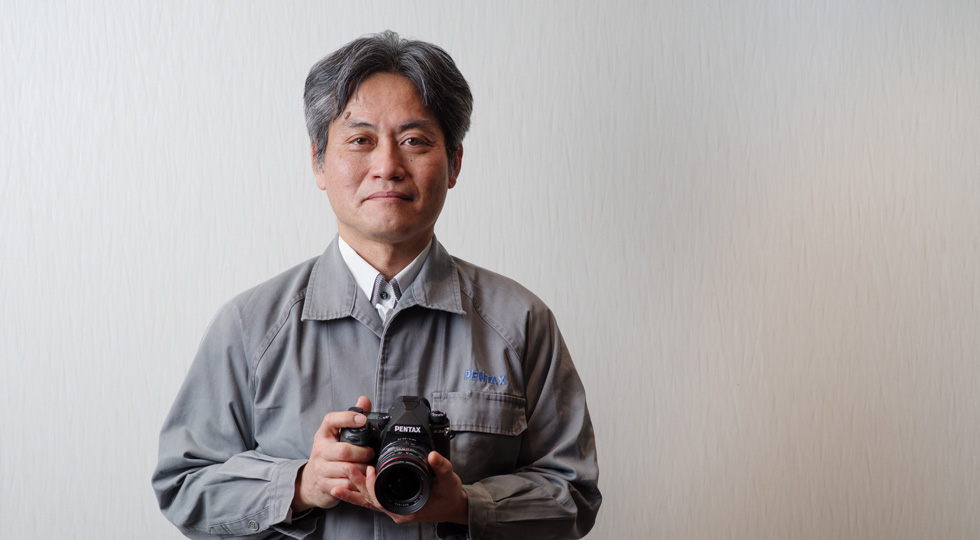Challengers
VII. Reliability
Perfect harmony of functionality and operability
Challengers
VII. Reliability
Perfect harmony of functionality and operability
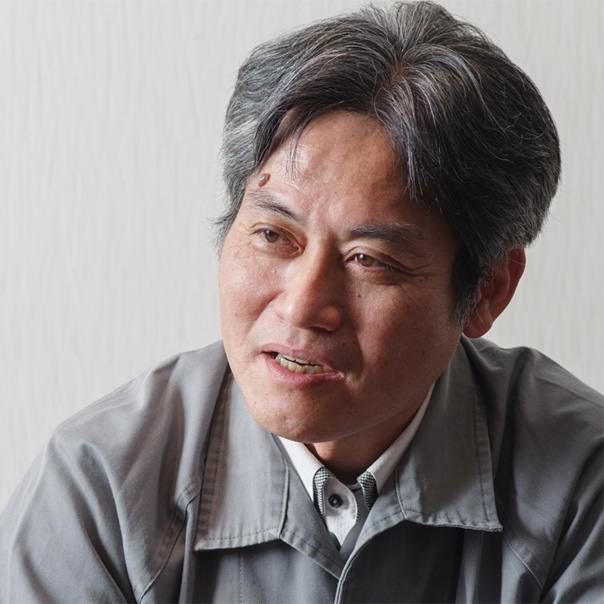
Masahiro Inazuka
Leader of K-3 Mark III Development
“We worked hard to reduce the camera’s dimensions and
improve its imaging power, without compromising its dustproof,
weather-resistant performance.”
The common belief is that, as the number of components increases, the more difficult it is for a camera to maintain its strength and reliability.
In the PENTAX K series, the PENTAX K-1 and K-1 Mark II incorporated the largest number of components to improve their functionality and operability. But they also provided exceptional reliability, thanks to remarkable mechanical and structural strength and outstanding dustproof, weather-resistant performance.
For the PENTAX K-3 Mark III, we decided to add a focus-point lever. It was very difficult to incorporate this new device into the compact K-3-series body and still maintain the same level of operability and reliability.
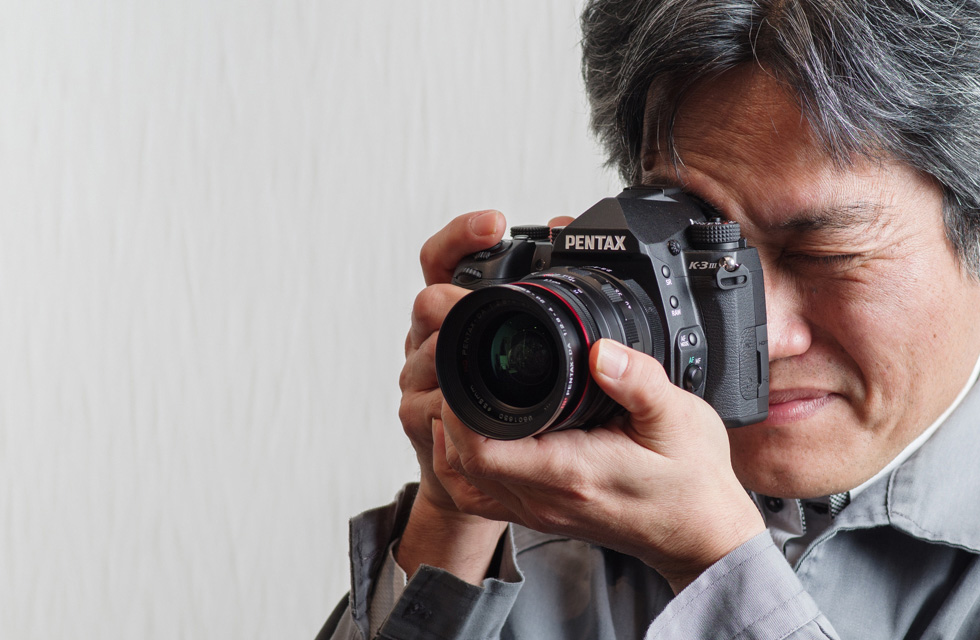
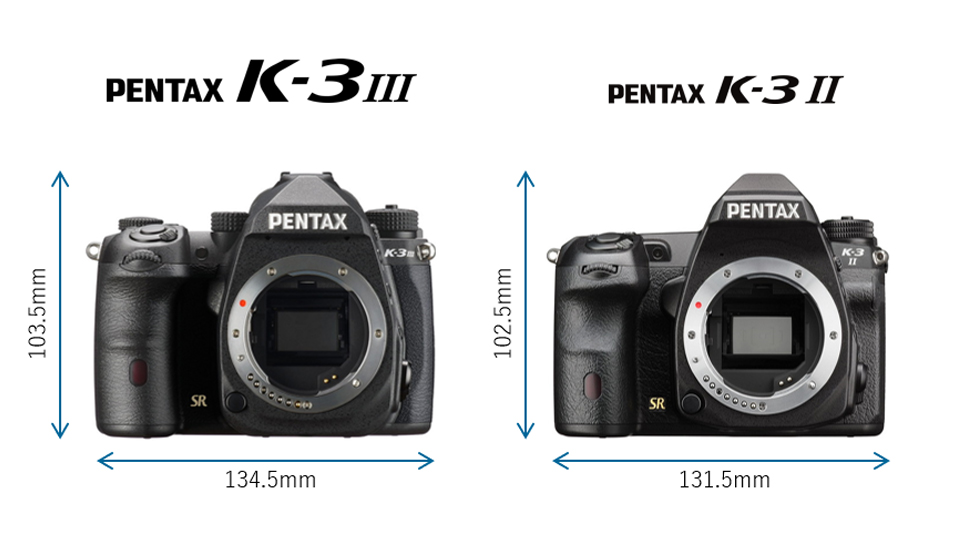
To make the PENTAX K-3 Mark III sturdier and more durable, we decided to construct the entire outer casing of the camera in magnesium alloy. Since we chose this metallic material, we had to reposition the wireless antenna unit, installed in the pentaprism unit in the PENTAX K-1 and KP, to a new location.
We had to fit other components into the compact body as well, including a pentaprism made larger to achieve higher viewfinder magnification, and a display panel designed to provide the user with a wider range of camera data.
To accomplish these difficult tasks, we rebuilt and repositioned many components, while reconsidering the camera’s internal structure in great detail.
First was the repositioning of the wireless antenna unit. We set it into the camera grip, because it needed a position protruding from the camera to ensure the required communication performance.
The grip also housed the battery chamber, however, so we also had to ensure that the battery would not interfere with signals from the antenna. In the end, we were able to ensure sufficient distance between the battery and the antenna, without compromising the comfort of the grip in the hand.
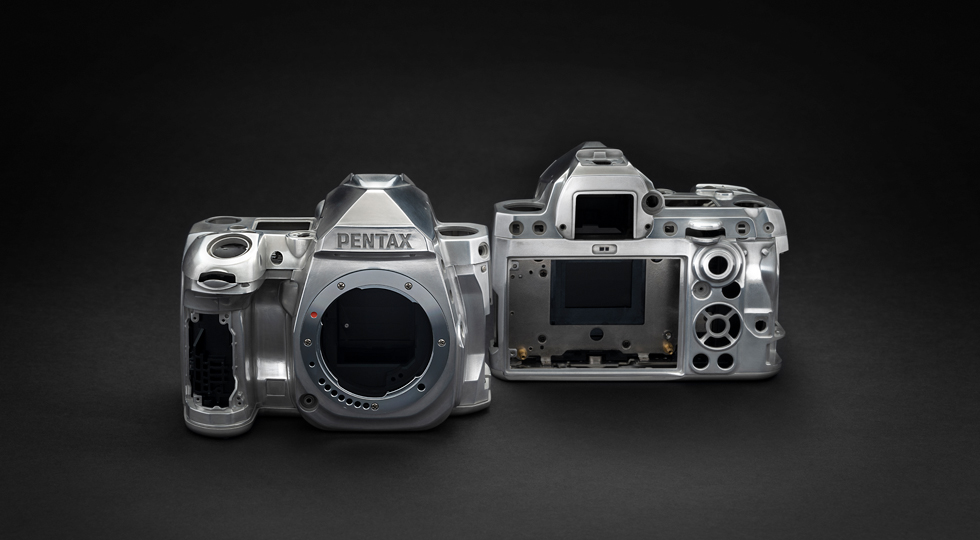
In past K-series APS-C-format models, we used a tactile switch in the shutter-release mechanism to help reduce the size of the camera body. For the PENTAX K-3 Mark III, however, we decided to use a leaf switch, which was previously used in the 645-series models and PENTAX K-1, to assure a lighter, smoother shutter action. The leaf switch not only provides a smooth, click-free shutter action, but also improves the durability of the shutter mechanism.
We initially hoped to reintroduce the PENTAX K-1’s highly acclaimed shutter action into the PENTAX K-3 Mark III, without making any mechanical or structural changes. But the compact body of the PENTAX K-3 Mark III meant that we needed a new approach.
We instead redesigned the internal structure of the shutter-release unit, to reduce its height by about 3mm. This reduced height also let us set the camera body’s shoulders considerably lower, while greatly contributing to the refinement of the camera’s exterior design.
This combination of the redesigned shutter-release unit and the newly developed shutter driving mechanism means that the PENTAX K-3 Mark III’s shutter-release unit and shutter-release button can withstand 300,000 shutter-release actions.
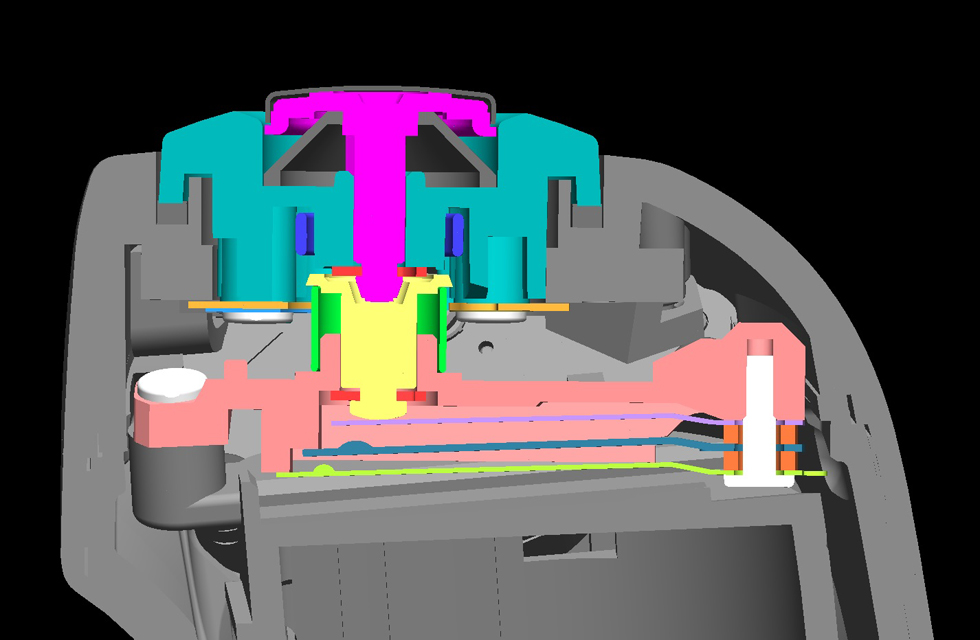
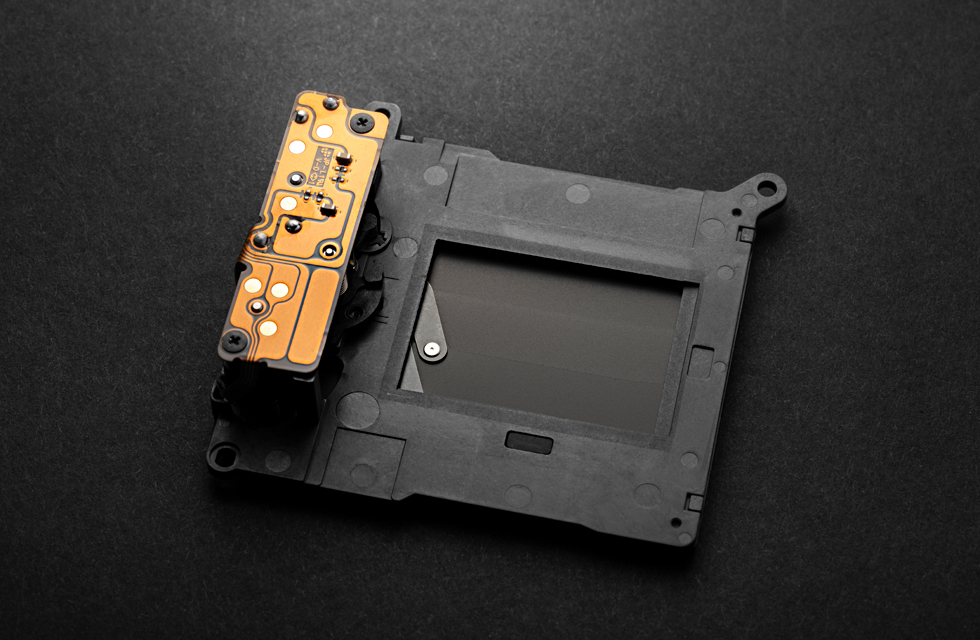
During the course of development, I directed our development team to achieve many difficult, challenging tasks, including reducing the camera’s dimensions and improving imaging performance, without compromising its dustproof, weather-resistant performance.
Some of my instructions may have been a bit too demanding, but the team kept a positive attitude as they worked through these challenges. Thanks to their hard work, I’m confident that we have developed a highly remarkable camera product.
